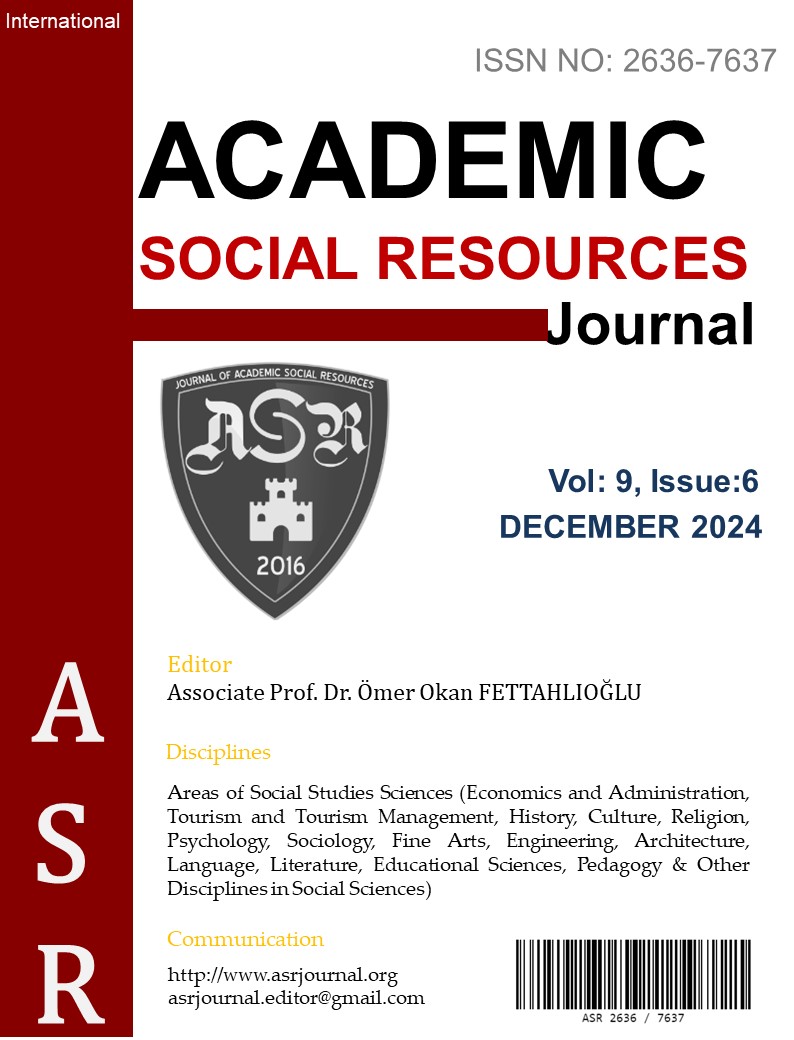Author :
Abstract
Keywords
Abstract
The reign of al-Malik al-Salih Najm al-Din Ayyub witnessed significant construction activities despite intense political and military engagements. The Sultan's construction activities began with the fortification of Diyarbakır walls during his regency period and intensified in the early years of his sultanate. After establishing his authority in Egypt, the most important works of his construction initiative were the Rawda Castle and the Salihiyya Madrasa. The Rawda Castle, construction of which began in 638/1241 on the strategic Rawda island on the Nile River, emerged as a magnificent architectural complex with 60 towers after three years of work. The castle held critical importance as the sultan's administrative center and military base. The Salihiyya Madrasa, whose foundation was laid in 640/1242 and completed in 641/1243 in Cairo, was the first madrasa in Egypt where education of all four schools of Islamic law was conducted simultaneously. Additionally, the sultan commissioned various structures such as the Salihi Square, Bab al-Harq Bridge, Sedd Bridge, Kabsh Palace, and Zawiya of Abu'l-Khayr. Furthermore, the repair of Jerusalem walls and construction activities in Mansura were also significant. Al-Malik al-Salih's construction activities brought a fresh perspective to the architectural understanding of the period and set an example for subsequent periods. This article aims to contribute to the studies in the field of Ayyubid construction activities by examining the construction works during the reign of al-Malik al-Salih Najm al-Din Ayyub, the last great sultan of the Ayyubid State, based on information from primary sources.





